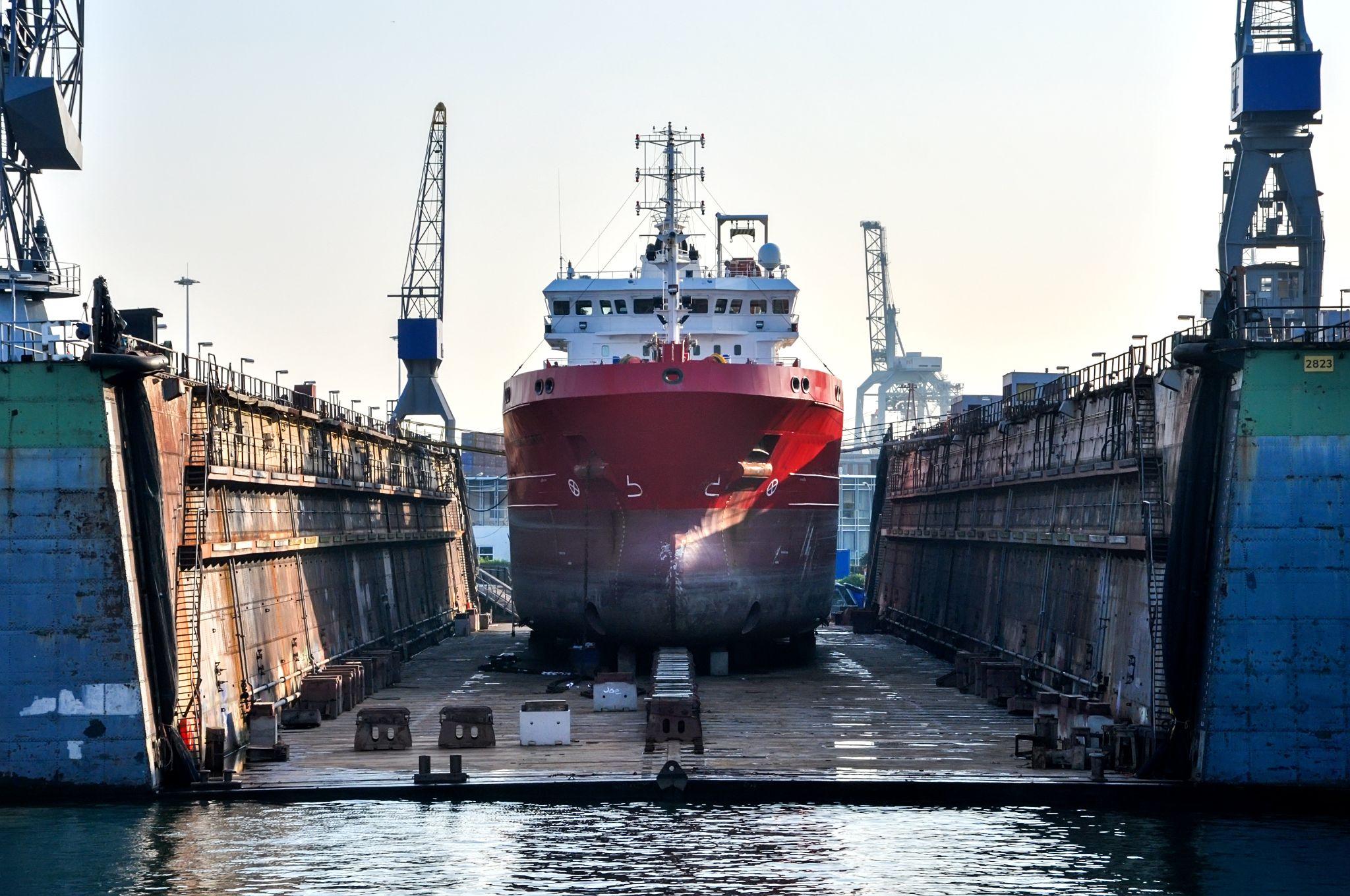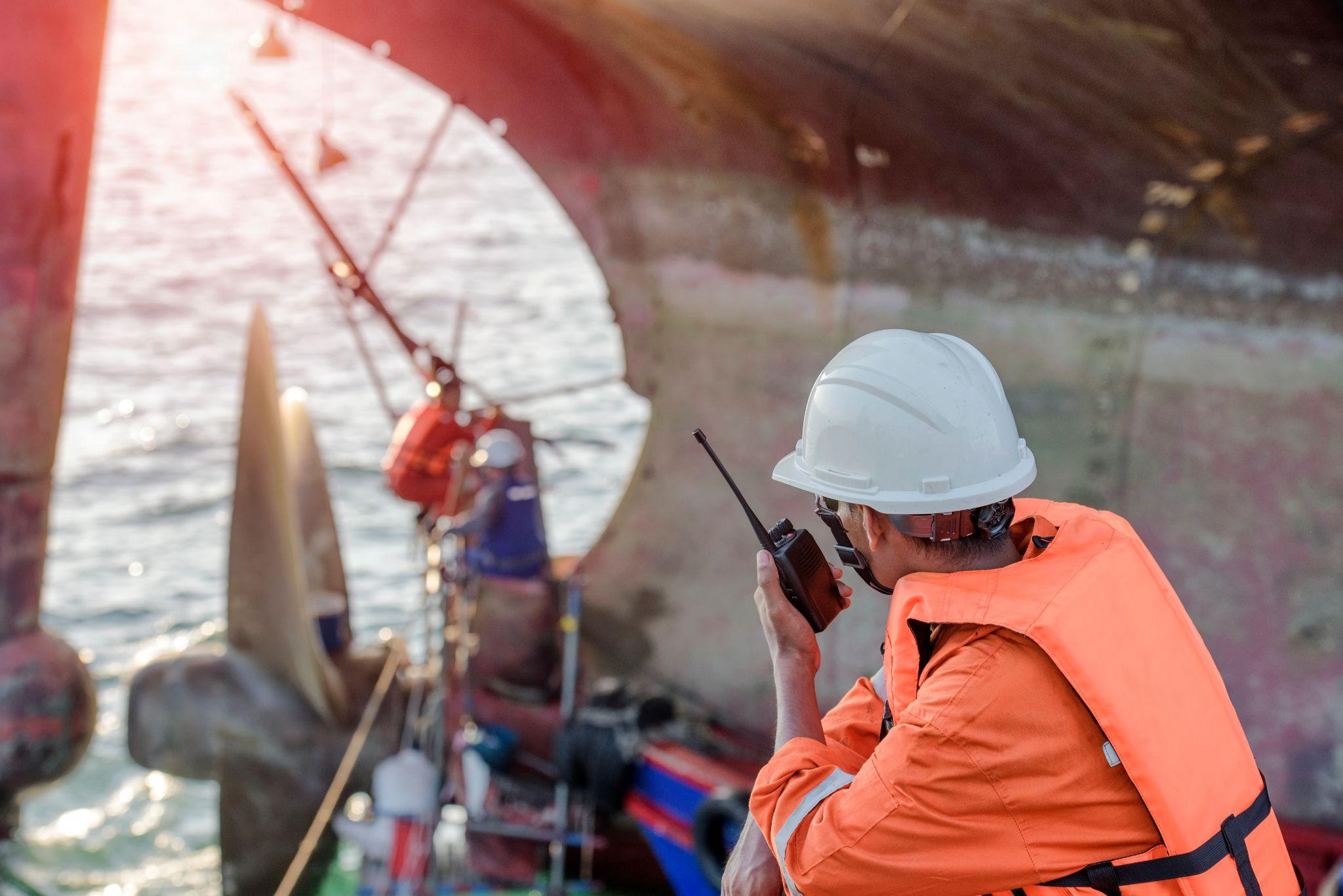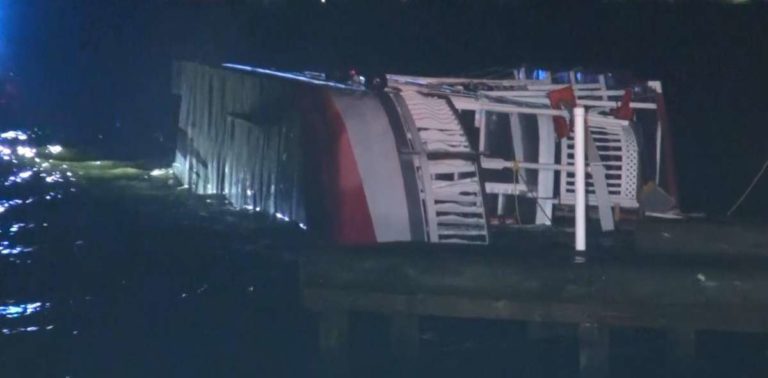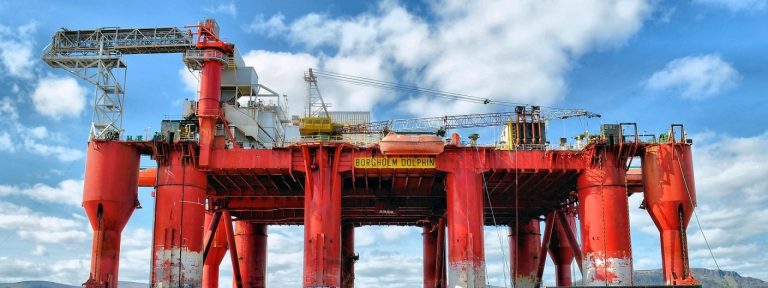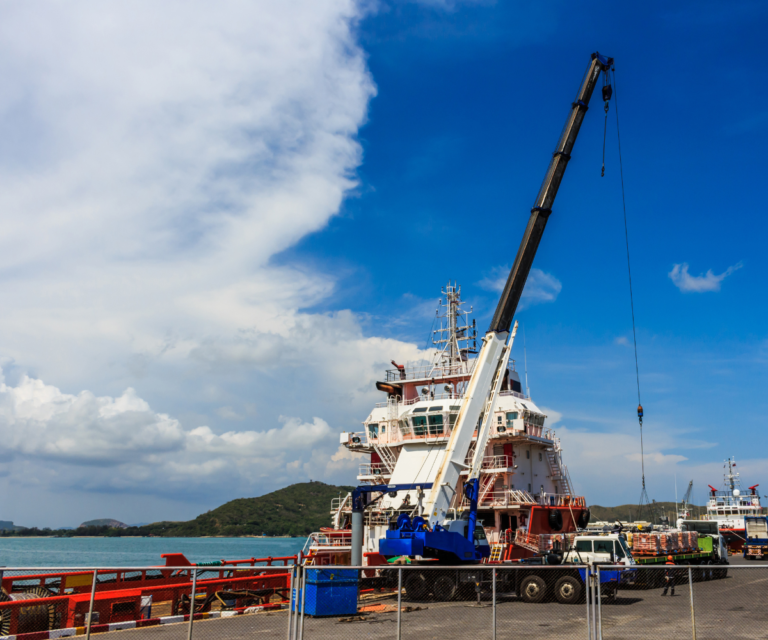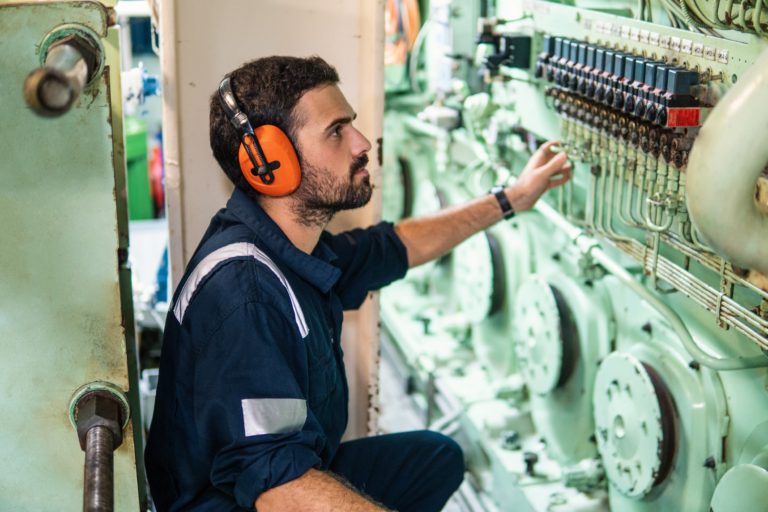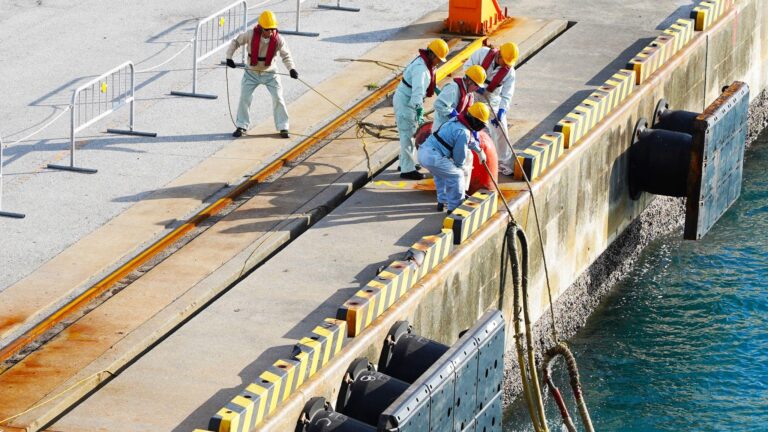Dry docks are essential facilities in the maritime industry, enabling dry docking of ships for maintenance, repairs, and inspections. However, these high-risk maritime environments present unique hazards to workers and can lead to serious injuries. Understanding the risks and knowing what to do after an injury-causing accident occurs is crucial for maritime professionals.
What Is a Dry Dock?
A dry dock is a specialized structure used to service and repair ships where the water can be drained, allowing workers to access the hull of a vessel. The two main types are:
- Graving Docks: Permanent concrete or stone enclosures that are emptied of water to expose a ship’s lower hull.
- Floating Docks: Movable platforms that can submerge and raise a ship out of the water.
Dry docking of vessels is critical for hull inspections, cleaning, repainting, and structural repairs. While vital for maintaining the safety and efficiency of maritime vessels, dry docks also pose significant hazards to the workers who maintain and repair ships.
Types of Dry Dock Accidents and Their Risks
Dry docks are inherently hazardous environments, and workers face various risks of dry dock accidents, including:
- Slips, Trips, and Falls: Wet or oily surfaces, open hatches, ladders, and scaffolding increase the likelihood of dangerous slips, falls, and severe injuries.
- Falling Objects: Tools, equipment, or debris can fall from scaffolding or higher levels, striking workers below.
- Crane and Heavy Machinery Accidents: Mishandling of cranes or other heavy equipment can result in collisions and machinery malfunctions, leading to serious injuries.
- Fires and Explosions: Flammable materials, welding equipment, and confined spaces increase the risk of fires and explosions.
- Chemical Exposure: Workers often handle hazardous substances such as paints, solvents, and cleaning agents, which can cause burns or respiratory issues.
Types of Dry Dock Injuries
Injuries sustained in dry dock accidents can range from minor to catastrophic, including:
- Fractures and Broken Bones: Falls and heavy equipment accidents often result in fractured limbs or broken bones.
- Traumatic Brain Injuries (TBI): Blows to the head from falling objects or slip-and-fall incidents can lead to concussions or more severe brain injuries.
- Spinal Cord Injuries: Falls or crush injuries can damage the spinal cord, leading to partial or complete paralysis.
- Burns: Chemical burns from hazardous substances or thermal burns from fires and explosions are common in dry dock
- Respiratory Issues: Prolonged exposure to toxic fumes and dust can cause chronic respiratory conditions such as asthma or occupational lung disease.
- Amputations: Severe crush injuries or machinery accidents may result in the loss of limbs.
What Steps to Take After Dry Dock Accidents and Injuries
If you are an injured seaman or dock worker involved in a dry dock accident, taking immediate action is essential to protect your health and legal rights by following these steps:
- Seek Medical Attention: Your health and safety are the top priorities. Even if injuries seem minor, it’s important to seek medical care.
- Report the Accident: Notify your supervisor or employer about the accident as soon as possible. Ensure that an official incident report is created.
- Document the Scene: Take photos of the accident site, equipment involved, and any hazardous conditions contributing to the injury.
- Preserve Evidence: Retain any clothing, equipment, or tools involved in the accident. These may be critical if legal action is necessary.
- Consult a Maritime Injury Lawyer: An experienced attorney can help you navigate the complexities of maritime law, determine your eligibility for compensation, and protect your legal rights.
Legal Options for Those Injured in Dry Dock Maritime Accidents
Maritime workers injured while working on ships in dry dock may be entitled to compensation under specific maritime laws, including:
The Jones Act
Workers classified as seamen can file claims under the Jones Act if employer negligence contributed to the accident. This law allows injured workers to seek compensation for medical expenses, lost wages, and pain and suffering.
The Longshore and Harbor Workers’ Compensation Act (LHWCA)
Non-seamen, such as longshoremen and ship repair workers, may be eligible for benefits under the LHWCA. This program provides compensation for medical treatment, rehabilitation, and disability.
General Maritime Law
In addition to statutory protections, injured workers may have claims under general maritime laws.
Schedule a Free Consultation With Our Maritime Injury Attorneys Today
When you are injured in a dry dock accident, acting quickly to protect your rights is vital. Maritime laws are complex, and you want to ensure you receive the compensation you deserve. Request a free consultation with Schechter, Shaffer & Harris to find out your legal rights and options by speaking with one of our experienced maritime injury attorneys. Contact us now to get started.

